Idrw Team
SOURCE: IDRW.ORG TEAM
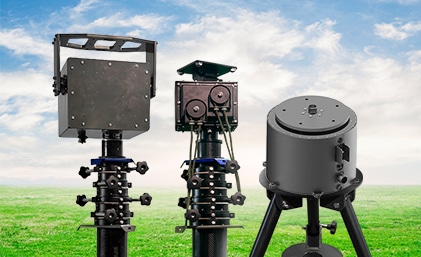
Precision Electronics Limited, a leading Indian technology firm, has successfully developed a new indigenous Tactical Cellular Surveillance System (TCSS) equipped with Artificial Intelligence (AI) for the Indian Armed Forces. This groundbreaking system is poised to revolutionize intelligence gathering and surveillance operations for the country’s defense forces.
The TCSS is designed to provide real-time intelligence and surveillance capabilities in challenging environments, such as border areas, conflict zones, and urban settings. The system leverages advanced AI algorithms to analyze vast amounts of data collected from various sources, including cellular networks, CCTV cameras, and other sensors.
Continue readingSOURCE: IDRW.ORG TEAM
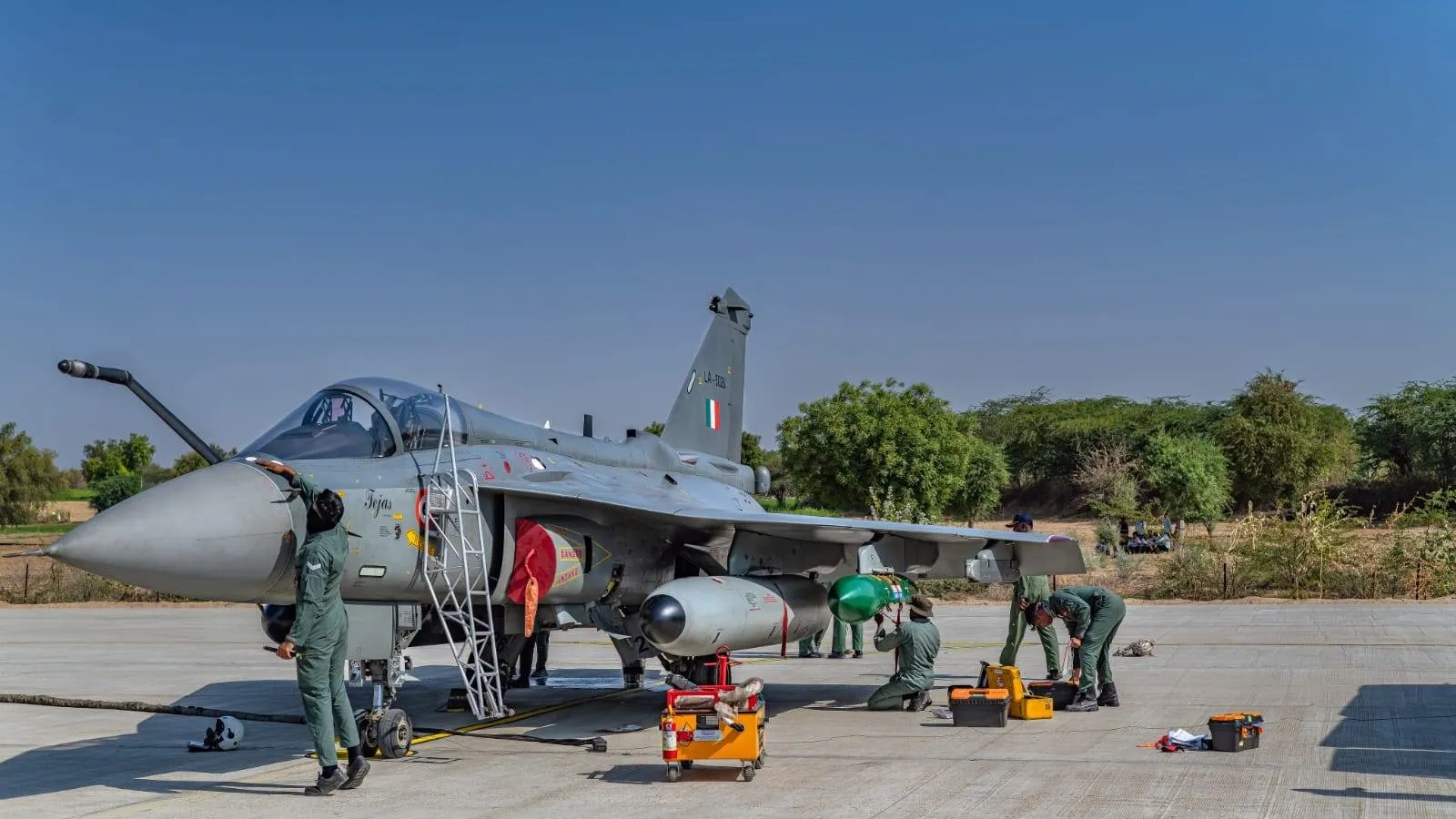
The Defence Acquisition Council (DAC) has recently cleared the procurement of 97 Tejas Mk1A fighter jets, marking a significant milestone in India’s indigenous fighter jet development program. These aircraft are poised to replace the retired MiG-21, MiG-23, and MiG-27 squadrons, which were either numbered out or reassigned to different aircraft types.
The Indian Air Force (IAF) has already begun the induction of the 83 Tejas Mk1A jets that were initially approved. The formation of the third Tejas Mk1A squadron is planned to be deployed on the Western border with Pakistan, showcasing the IAF’s strategic intent.
Continue readingSOURCE: IDRW.ORG TEAM

India has issued a Notice to Airmen (NOTAM) declaring a no-fly zone over a designated area of 1645 square kilometers from September 25, 2024, to September 30, 2024. The NOTAM indicates that a missile test is imminent.
While the specific details of the missile test remain undisclosed, it is widely speculated that India is preparing to conduct a trial of one of its ballistic missile systems. The extensive area covered by the NOTAM suggests that the missile may have a long range.
Continue readingSOURCE: IDRW.ORG TEAM

Admiral Marcos Sampaio Olsen, the commander of the Brazilian Navy, has expressed interest in collaborating with India’s Mazagon Dock Limited (MDL) for a major refit of its Scorpène-class submarines.
Brazil operates the Riachuelo-class submarines, which are based on the French Scorpène design. The Indian Navy also has a fleet of six Kalvari-class submarines, which are essentially the same as the Riachuelo-class.
Continue readingSOURCE: IDRW.ORG TEAM

CAE Defense & Security USA has secured a significant contract to provide the Indian Navy with advanced training devices to support its fleet of Sikorsky MH-60R Seahawk helicopters. Valued at $57 million, the deal includes a tactical operational flight trainer (TOFT) and an avionics maintenance and weapons load trainer.
The training devices will be tailored to meet the specific requirements of the Indian Navy, featuring modifications such as an identification friend or foe interrogator and transponder, a traffic collision avoidance system, and the ability to simulate the use of anti-ship missiles and depth charges. These enhancements will ensure that Indian Navy personnel are fully equipped to operate and maintain the MH-60R helicopters effectively.
Continue readingSOURCE: IDRW.ORG TEAM
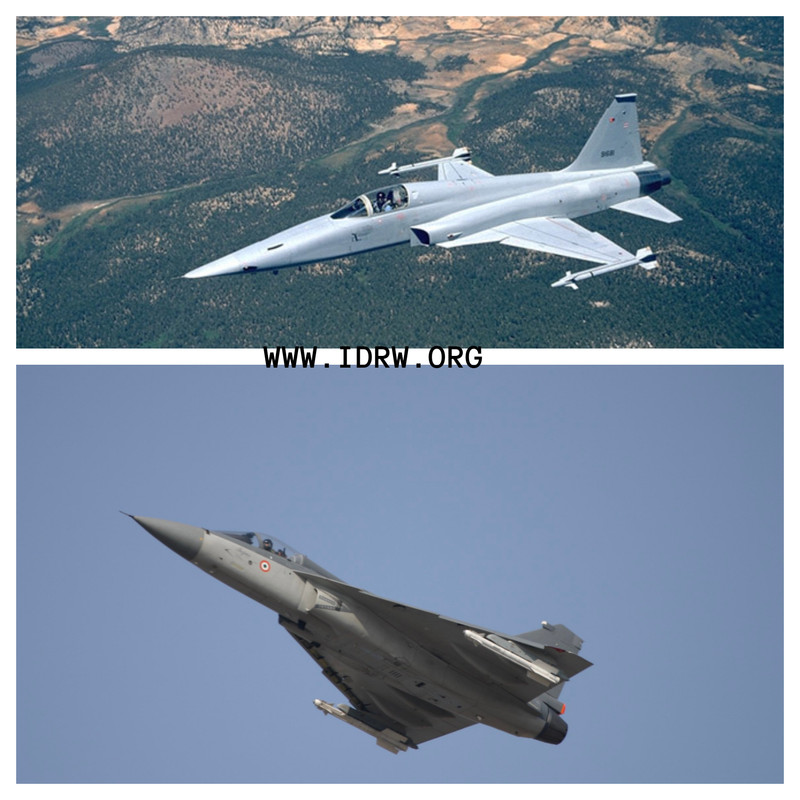
In a recent interaction with Indian media, Lieutenant Brigadier Marcelo Kanitz Damasceno, Commander of the Brazilian Air Force, revealed that Brazil may consider India’s Tejas fighter jet as a potential replacement for its aging Northrop F-5 fleet, which is set to be retired post-2030. Damasceno acknowledged the need for additional fighter platforms alongside Brazil’s existing Gripen-E jets and expressed interest in the Tejas as a candidate for the role.
Currently, the Brazilian Air Force operates both the F-5 and the Gripen-E. However, as the F-5 approaches the end of its service life, Brazil will need to introduce a new platform to maintain its operational capabilities. Speaking about the search for a successor to the F-5, Damasceno noted, “We will need maybe two more kinds as the F-5 goes. So, while the Gripen remains, the Tejas is one of the options for our second or third fighter plane.”
Continue readingSOURCE: IDRW.ORG TEAM
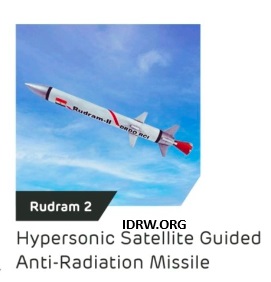
The Defence Research & Development Organisation (DRDO) has achieved a significant milestone with the successful flight-testing of the RudraM-II air-to-surface missile from an Indian Air Force Su-30 MK-I aircraft off the coast of Odisha. This indigenously developed missile system is designed to neutralize various enemy assets, including surface-to-air missile (SAM) sites, radars, and air defense systems.
A number of advanced technologies developed by DRDO laboratories have been incorporated into the RudraM-II missile, showcasing India’s growing self-reliance in defense manufacturing. The missile’s capabilities and performance during the flight test have been lauded by defense experts and officials.
Continue readingSOURCE: IDRW.ORG TEAM

Dr. Devanahalli Krishnamurthy Sunil (DKS) has officially assumed the role of Chairman and Managing Director (CMD) of Hindustan Aeronautics Limited (HAL). His appointment comes at a crucial time for the state-owned aerospace giant, as it faces challenges with the delivery schedule of the Tejas Mk1A fighter jet and the ongoing development of the Tejas MkII.
DKS will be tasked with addressing the delays in the Tejas Mk1A delivery schedule and securing a deal for 97 additional aircraft with the Indian Air Force (IAF). Additionally, he will oversee the critical phase of the Tejas MkII program, which is set to commence assembly next month.
Continue readingSOURCE: IDRW.ORG TEAM
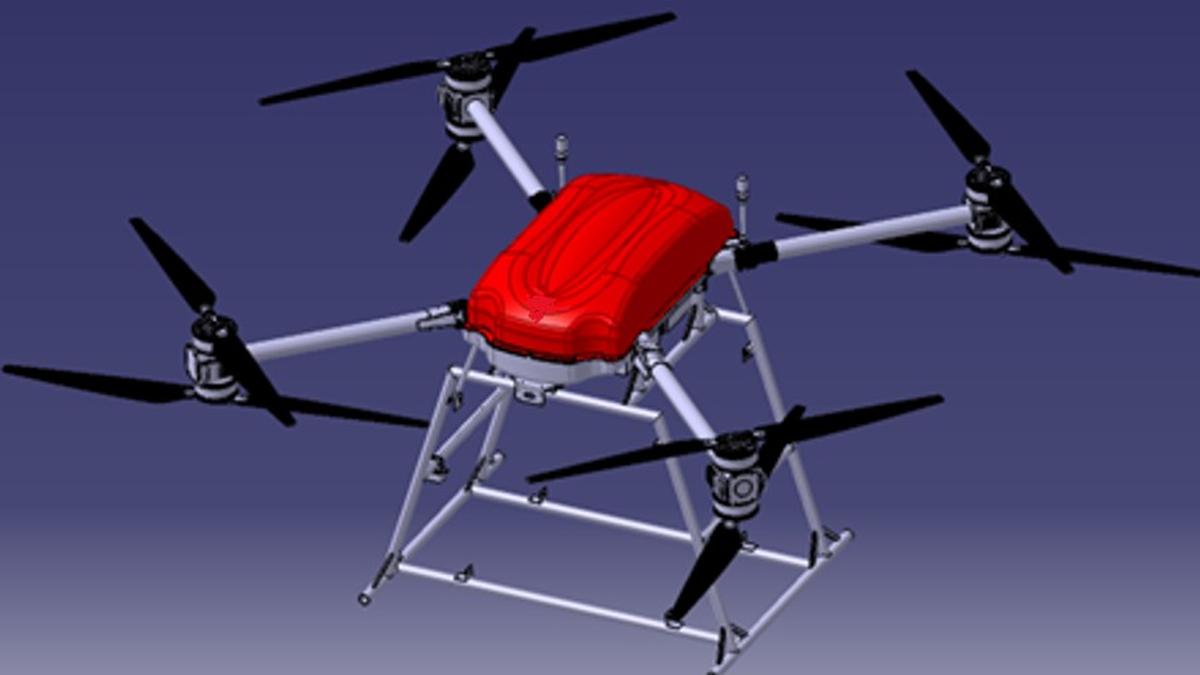
Researchers at the Madras Institute of Technology (MIT), Anna University, have made a significant breakthrough in drone technology with the development of a groundbreaking airborne-based intelligent autonomous landing system. This innovative system is designed to revolutionize the way drones operate, particularly in challenging environments.
The Indian Patent Office has granted a patent for this technology, recognizing its innovative nature and potential applications. The system enables mini-Unmanned Aerial Vehicles (UAVs) to accurately identify the geographical location of landing sites based on images captured from the air.
Continue readingSOURCE: IDRW.ORG TEAM

India is closely monitoring Chile’s shipbuilding program and is keen to offer its expertise and capabilities to potential collaborations. A Chilean delegation is expected to visit Indian shipyards to explore opportunities for joint production with Astilleros y Maestranzas de la Armada (Asmar).
Both Chile and India operate Scorpène-class submarines, built by Naval Group. Chile’s Scorpène-class submarine, O’Higgins (SS-23), was constructed by DCNS in Cherbourg and Navantia in Cartagena, Spain.
Continue readingSOURCE: IDRW.ORG TEAM

India’s ambitious plans to become a major defense exporter are being hampered by the slow pace of warship construction within the country. While the Indian Navy has made significant strides in modernizing its fleet, the lengthy shipbuilding timelines have hindered its ability to compete effectively in the global defense market.
A key factor contributing to the slow construction times is the complexity and scale of Indian warships. Projects like the P17A frigate, for example, have taken an average of 78 months from block erection to the start of sea trials. This is significantly slower than comparable warships built by other navies. The Chinese PLAN Type 054B FFG frigate, for instance, takes only 12 months from block erection to sea trials, while the JMSDF 25DD frigate takes 19 months and the French MM FREMM frigate takes 32 months.
Continue readingSOURCE: IDRW.ORG TEAM
India’s naval deterrence is set for a significant upgrade with the upcoming S5 class of nuclear-powered ballistic missile submarines (SSBNs). These underwater behemoths, boasting a submerged displacement of a staggering 13,000 tons, will be powered by a revolutionary new reactor – the 190 MW Pressurized Light Water Nuclear Reactor (PWR) – developed indigenously by the Bhabha Atomic Research Centre (BARC).
This marks a substantial leap from the 83 MW reactors currently powering the Arihant-class SSBNs. The new design, according to sources at idrw.org, is complete and awaits funding clearance before construction of a land-based prototype can begin.
Continue readingSOURCE: IDRW.ORG TEAM
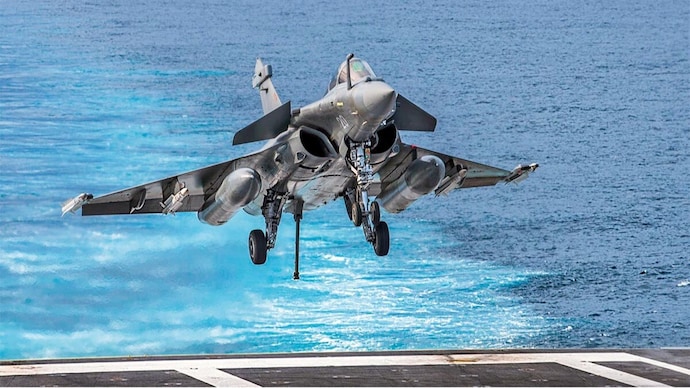
Dassault Aviation, the renowned French aerospace company, has announced a resumption of new contract signings following a reorganization of its production and supply chain. One of the major orders expected to materialize soon is from India, which plans to ink a deal for 26 Rafale M carrier-based fighters worth approximately Rs 50,000 crore.
The Indian Navy will become the second operator of the Rafale M, joining the French Navy as the proud owner of this advanced fighter aircraft. Given the limited number of aircraft carriers in the world, India is likely to remain the second-largest operator of the Rafale M.
Continue readingSOURCE: IDRW.ORG TEAM

In a significant boost to India’s indigenous aerospace industry, SAFHAL Helicopter Engines Private Limited (SAFHAL), a joint venture between Hindustan Aeronautics Limited (HAL) and Safran, has signed an airframer contract to develop and manufacture a new generation of high-power engines named “Aravalli.” These engines are poised to power HAL’s upcoming medium-lift helicopters, the Indian Multi-Role Helicopter (IMRH) and the Deck-Based Multi-Role Helicopter (DBMRH).
The Aravalli engines are estimated to cost around 12-14 crores per unit. With a planned production of over 400 IMRH and DBMRH helicopters, each requiring 3-3.5 engines throughout their 30-year service life, the total demand for Aravalli engines is expected to reach nearly 1300 units.
Continue readingSOURCE: IDRW.ORG TEAM

The Indian Air Force (IAF) is actively working to integrate a wide range of indigenous weapon systems onto its Sukhoi-30MKI fleet. The Defence Research and Development Organisation (DRDO) has developed 16-18 weapon systems that are currently undergoing integration processes.
A key player in this endeavor is the IAF’s Software Development Institute. The institute is responsible for ensuring seamless communication between the various sensors onboard the Sukhoi-30MKI, including its Mission Computer (MC) system, and the newly developed weapon systems. This integration is crucial for the successful operation of these weapons and their effective utilization in combat scenarios.
Continue reading